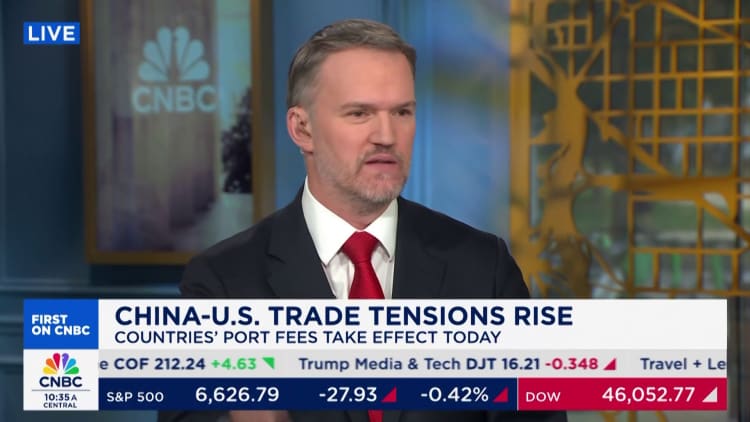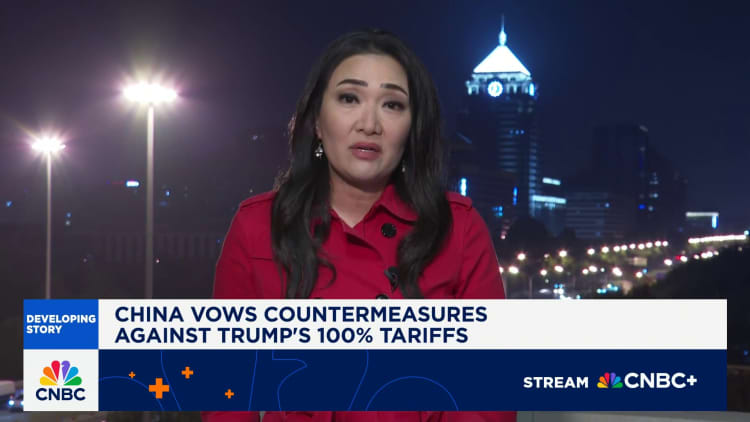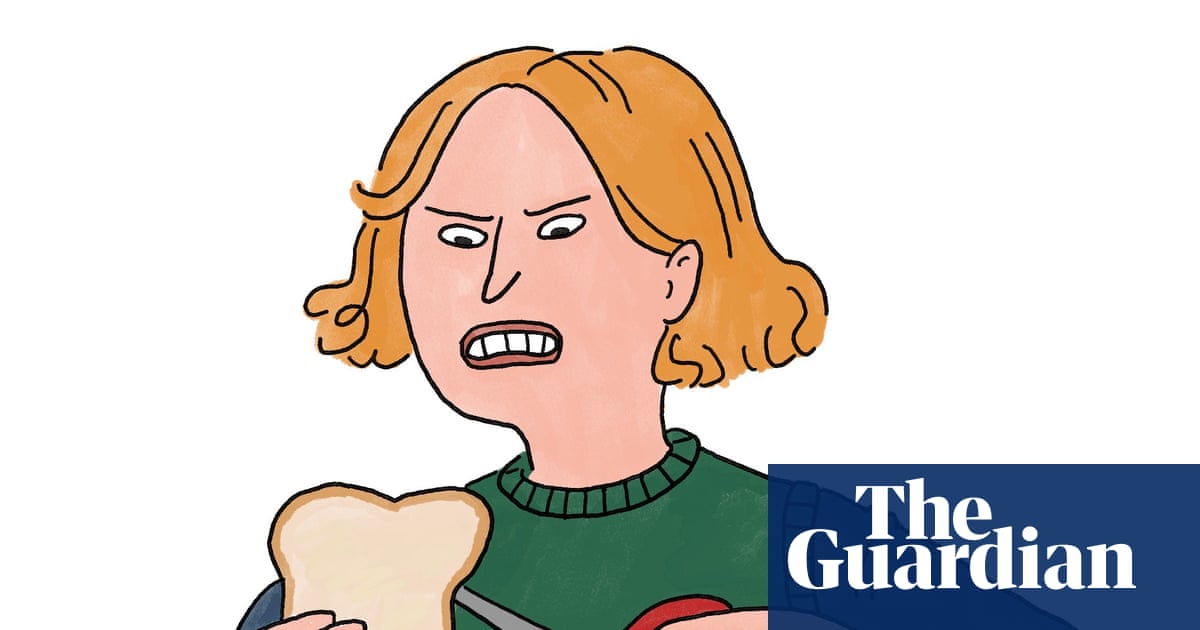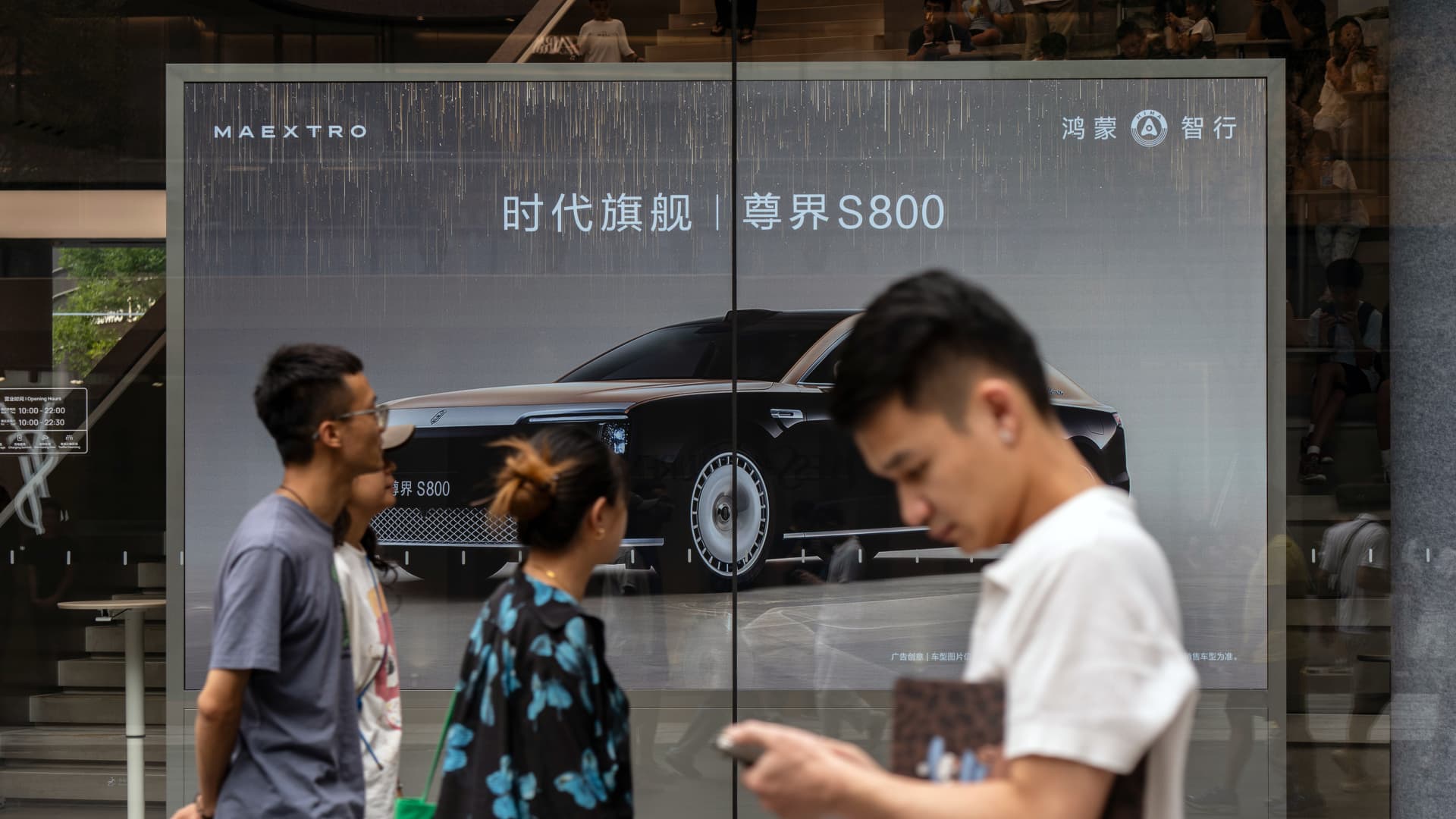Pedestrians pass a Huawei Technologies Co. flagship store in Shenzhen, China, on Wednesday, Oct. 8, 2025.
Qilai Shen | Bloomberg | Getty Images
China’s consumer prices fell more than expected in September, while the deflation in producer prices persisted, underscoring the impact of sluggish domestic demand and trade worries on consumer and business sentiment.
The consumer price index fell 0.3% in September from a year earlier, National Bureau of Statistics data showed on Wednesday, a sharper decline than economists’ forecast of 0.2% slide, although easing from the 0.4% drop in August.
Prices ticked up 0.1% month-on-month, a smaller than expected recovery compared to economists’ forecast for 0.2% increase.
Core CPI, which strips out volatile food and energy prices, rose 1.0% from a year earlier, the highest since February 2024, according to data from Wind Information.
Despite the “positive sign” of improvement in the core CPI, “trade tension returned and growth outlook uncertainty heightened, which is negative for demand recovery,” said Zhiwei Zhang, president and chief economist, at Pinpoint Asset Management.
“It is too early to conclude that the deflationary pressure is fading at this stage,” Zhang added.
China’s producer price index dropped 2.3% from a year ago, in line with economists’ forecast, official data showed. The deflation, however, eased for a second month, with price declines narrowing from 2.9% in August and 3.6% in July.
The producer price downturn has persisted for almost three years, hurting profitability of manufacturers who have weathered tepid consumer confidence and production disruption stemming from U.S. trade policies.
Weak consumer demand has weighed on China’s economy that’s struggling from a prolonged housing downturn, while U.S. tariffs have pressured exports.
While China’s overall exports have grown this year, U.S.-bound shipments have seen double-digit declines since April. If U.S. President Donald Trump follows through on this threat of an additional 100% tariffs, levies on Chinese exports to America will jump to around 155%.

Dong Lijun, NBS spokesperson, attributed the decline in CPI to “tail effect,” or impact from the higher price level last year, saying that excluding the “tail effect,” consumer prices rose 0.5% from a year ago.
Among the categories that saw the biggest declines were food and energy, which saw prices fall 4.4% and 2.7%, respectively.
Industrial consumer goods, most notably gold and platinum jewelry prices soared 42.1% and 33.6% on the back of a global gold rush, Dong said.
Costs for accommodations and air tickets fell 1.5% and 1.7%, respectively, in September, as hotel owners, flight carriers and travel agencies suffered a bruising price war, vying for orders ahead of the eight-day Golden Week holiday that stretched from Oct. 1 to 8.
The latest economic prints served as “a stark reminder of the significant structural challenges that China must overcome to rebalance its economy,” said Alfredo Montufar-Helu, managing director at Ankura Consulting’s GreenPoint Business, citing softening demand, persistent overcapacity and intense price competition.
These are “putting business resilience to the test like never before,” added Montufar-Helu.
Reining in price wars
Chinese government has intensified efforts this year to curb excessive price competition across industries, including taking steps to rein in industrial capacity, even warning that it could shutter plants whose output exceeds mandated levels.

Those efforts are beginning to yield results: Industrial profits soared 20.4% in August from a year earlier, reversing three months of consecutive declines.
NBS’ Dong pointed to the narrowing declines in factory-gate prices as a result of China’s policies that have curbed overcapacity in certain industrial sectors and the “continuous optimization in market order.”
Industrial sectors such as coal processing and mining, ferrous metal smelting and rolling, photovoltaic equipment and battery manufacturing saw price declines ease significantly, the Dong said. While there are some signs of easing, September data shows deflation remains entrenched.
Due to the relatively weak demand, these measures are unlikely to lead to any “immediate pickup” in CPI, said Tianzeng Xu, an economist at Economist Intelligence Unit, and the stabilization in CPI is still “fragile and volatile,” especially since the housing market has yet recovered and the labor market remains weak.
— CNBC’s Evelyn Cheng contributed to this story.
First Appeared on
Source link













